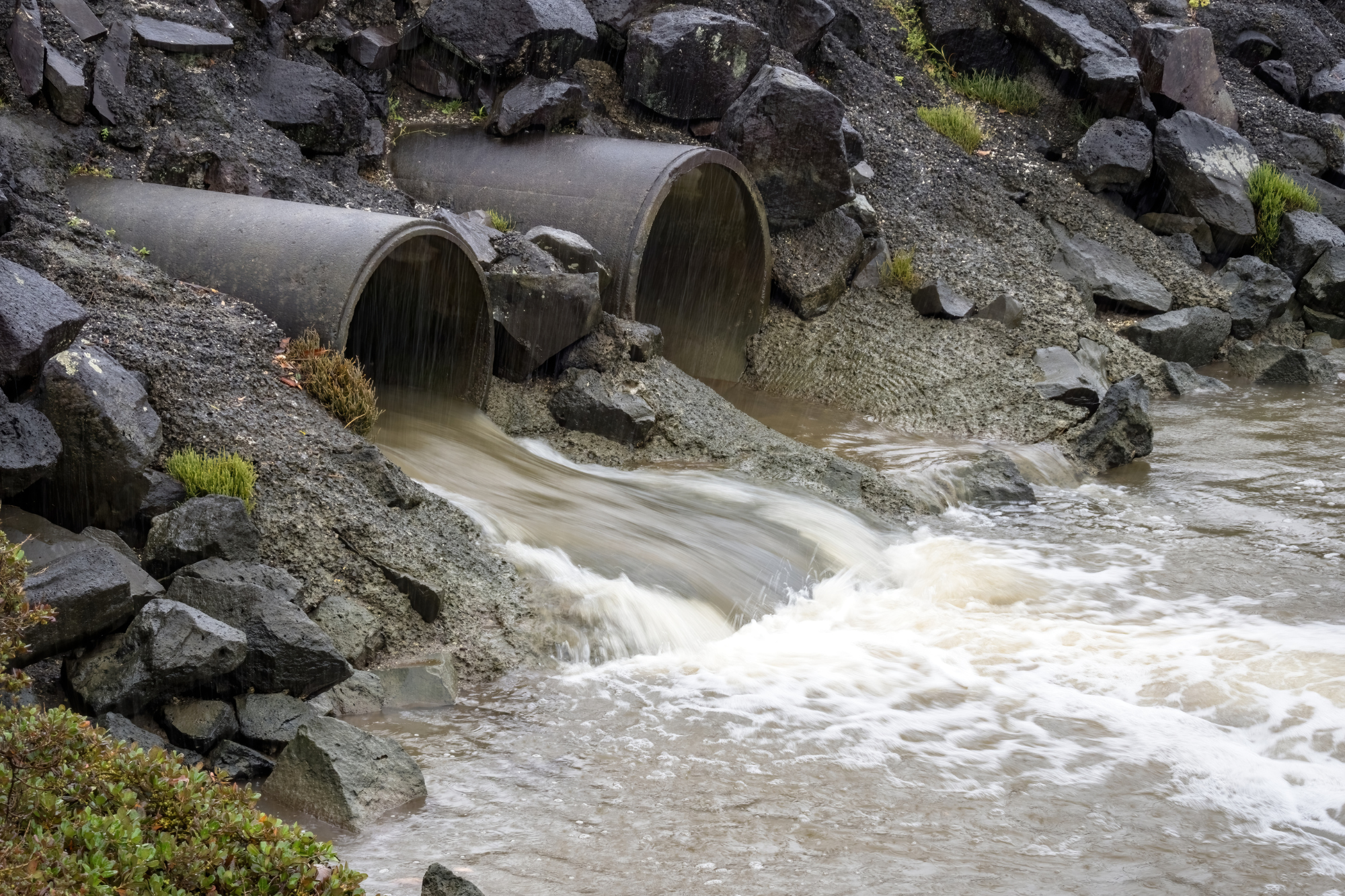
Stormwater best management practices: vegetated swales
Managing an industrial facility where materials are used, stored, loaded, unloaded, or transferred comes with the risk of contaminating stormwater runoff from the site, especially if these activities are conducted outdoors. Implementing stormwater best management practices (BMPs) can effectively control stormwater runoff and prevent pollutants from entering nearby waterbodies. Stormwater BMPs manage rain where it falls- and that’s by design. These best management practices are critical tools for controlling industrial runoff and reducing the risk of combined sewer overflows (CSOs). They address three key factors:
- Volume: BMPs reduce or slow the amount of water that enters the storm sewer system, easing stress on infrastructure.
- Peak discharge: By lowering the flow rate and spreading out discharge over time, BMPs decrease the likelihood of CSOs during heavy storms.
- Water quality: Through filtration, infiltration and natural treatment processes, BMPs improve the quality of water before it reaches storm drains or waterways.
Because they’re placed close to the source- intercepting and treating stormwater early, BMPs are adaptable and can be scaled to support broader stormwater management and compliance goals. Whether you’re working toward permit benchmarks or mitigating overflow risks, BMPs are a practical, performance-based solution.
One such practice is creating vegetated swales, also called bioswales. These are channels or ditches installed in the ground that are densely planted with vegetation and are designed to collect, filter, and slow the flow of stormwater runoff from adjacent impervious surfaces.
When planted with water-loving native plants, vegetated swales are capable of absorbing a great deal of stormwater runoff while also benefiting wildlife and providing an attractive landscaping feature. Without any stormwater controls in place, runoff from heavy storm events can cause flooding and carry pollutants away from the site into nearby waterways. Vegetated swales are often created using specialized soil that can naturally treat stormwater runoff. They can be used in lieu of an underground storm sewer or as part of a larger stormwater control system.
Why native plants?
Although vegetated swales can be planted with turf grass, native plants tend to have much deeper root systems. These deep roots give them the ability to both absorb a lot more water and, once they’ve become established, survive long periods of drought without the need for supplemental watering. Native plants are adapted to the local environmental conditions they’ve evolved in, which makes them easier to maintain. When placed correctly, they don’t require additions of fertilizer or other soil amendments to keep them alive.
These substances actually contribute to stormwater and groundwater pollution because they contain nutrients like nitrogen, phosphorus, and potassium; and, in some cases, pesticides. An excess of nutrients in our waterways can cause problems like eutrophication, while pesticides can contain hazardous chemicals. Moreover, because native plants generally have natural disease resistance, they don’t usually require pesticide treatments often used on exotic plants.
Selecting plants for your vegetated swale
So, what species of native plants should you choose for your vegetated swale? This depends on what is native to the ecoregion your site is in, as well as the specific soil and light conditions in the area you want to install a swale. You’ll need to select plants that can handle periodic flooding and moist soil. Some species prefer full sun, while others require shade. Soil type also plays a key role—certain plants are well-suited for clay soil, while others prefer sandy or loamy soils. A common choice is native perennial grasses that help slow the flow of runoff, filter sediment, and prevent excess nutrients from entering the environment.
Various states provide information about how to create vegetated swales and can help you with location, installation, and plant selection. One resource that can be used to choose appropriate native plants according to your ZIP code is the National Wildlife Federation’s Native Plant Finder website.
Additional considerations
When designing a vegetated swale, it’s important to ensure excessive stormwater volume, steep slopes, and high flow velocities, and other factors don’t combine to produce erosive flows that exceed the swale’s runoff absorption capabilities. If stormwater flows exceed the swale’s ability to absorb and treat runoff, its effectiveness can be compromised. Using other BMPs in combination with vegetated swales, such as check dams, can improve vegetated swale performance. Check dams are small barriers that can be constructed across a swale to slow water flow, diverting stormwater into pools and increasing water infiltration during heavy storms.
Vegetated swales are sometimes used as pretreatment devices for other structural BMPs. However, when swales themselves are implemented to treat runoff from impervious surfaces, using other pretreatment measures in combination with swales can improve their performance and extend the functional life of all BMPs used.
Successfully managing stormwater often requires a holistic system management approach that considers the effectiveness and cost of each BMP, as well as the overall result of implementing a series of BMPs at a site. While some BMPs may not be effective alone, they could play a critical role in a larger stormwater management system.
The U.S. Environmental Protection Agency (EPA) provides a useful Siting Tool that can help you identify, evaluate and plan out the most suitable BMPs to implement at your facility.
A smart step toward sustainable compliance
Vegetated swales offer more than just stormwater control; they’re a practical, proven solution that supports long-term compliance and environmental stewardship. When thoughtfully designed and integrated into a broader stormwater management strategy, swales help reduce runoff volume, improve water quality, and build resilience into your site infrastructure. Whether you’re just beginning to shape your stormwater plan or optimizing an existing system, combining vegetated swales with other best management practices is a meaningful step toward sustainable performance.



